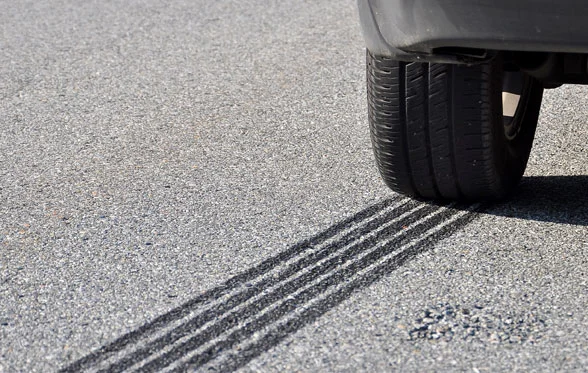Following the "emissions scandal" in 2015, where it was discovered that a major vehicle manufacturer had fitted some of its models with a "defeat device" which modified the vehicle's emission performance when it was being subjected to an official emissions test, the European Commission have instigated a number of changes to the European legal requirements on emissions in an attempt to ensure that this situation cannot happen again.
Since its first publication in 2007, the European Regulation on emissions from light duty vehicles, EC Regulation No. 715/2007, has included a requirement prohibiting the fitment of "defeat devices", which are defined as "any element of design which senses temperature, vehicle speed, engine speed, transmission gear, manifold vacuum or any other parameter for the purpose of activating, modulating, delaying or deactivating the operation of any part of the emission control system, that reduces the effectiveness of the emission control system under the conditions which may reasonably be expected to be encountered in normal vehicle operation and use". However, neither (EC) No. 715/2007 nor its Implementing Regulation, (EC) No. 692/2008, contained any specific requirements on how compliance with this requirement should be demonstrated by the vehicle manufacturer and/or verified by the Type Approval Authority.
The European Commission have partially addressed this situation by introducing new requirements relating to "defeat devices" as part of the real driving emissions (RDE) requirements. The second package of real driving emissions requirements, which were published as EU Regulation No. 2016/646, introduces a requirement that vehicle manufacturers must declare the vehicle’s base emission strategy (BES) and any auxiliary emission strategy (AES), i.e. modified emission strategies to assist engine start up or to protect the engine from damage at extreme operating conditions, at the time of type approval. The third package of real driving emissions requirements, which were adopted at the Technical Committee - Motor Vehicles (TCMV) meeting on 20th December 2016, but which have not yet been officially published, further expand these requirements by providing more detail on the precise information regarding BES and AES that must be provided to the Type Approval Authority at the time of type approval.
To assist the Type Approval Authorities in assessing this information and in determining whether any "defeat devices" are fitted, the European Commission published a Commission Notice on 26th January 2017 giving "guidance on the evaluation of Auxiliary Emission Strategies and the presence of Defeat Devices". This Commission Notice is split into two parts, with Part A containing guidance on the evaluation of auxiliary emission strategies and Part B containing guidance on defeat device recognition.
Part A of the Commission Notice provides guidance to the Type Approval Authorities on how to assess whether an AES is acceptable or whether it constitutes a "defeat device", and gives guidance on the type of information that vehicle manufacturers will be expected to provide to justify the need for an AES.
Part B of the Commission Notice provides some guidance to the Type Approval Authorities on the types of additional emissions testing that can be carried out to determine whether a "defeat device" is present. These additional tests range from conducting the standard emissions test with modified test parameters, e.g. conducting the test with the vehicle's windows open, conducting the test from a hot start, modifying the order of the phases within the test cycle, etc. to carrying out full real driving emissions type tests.
It is believed that the European Type Approval Authorities have already begun applying the guidance contained in this Commission Notice and their initial experiences with applying this guidance, along with some proposed amendments to the Commission Notice, will be discussed at a Motor Vehicles Emissions Group (MVEG) meeting on 1st March 2017.
